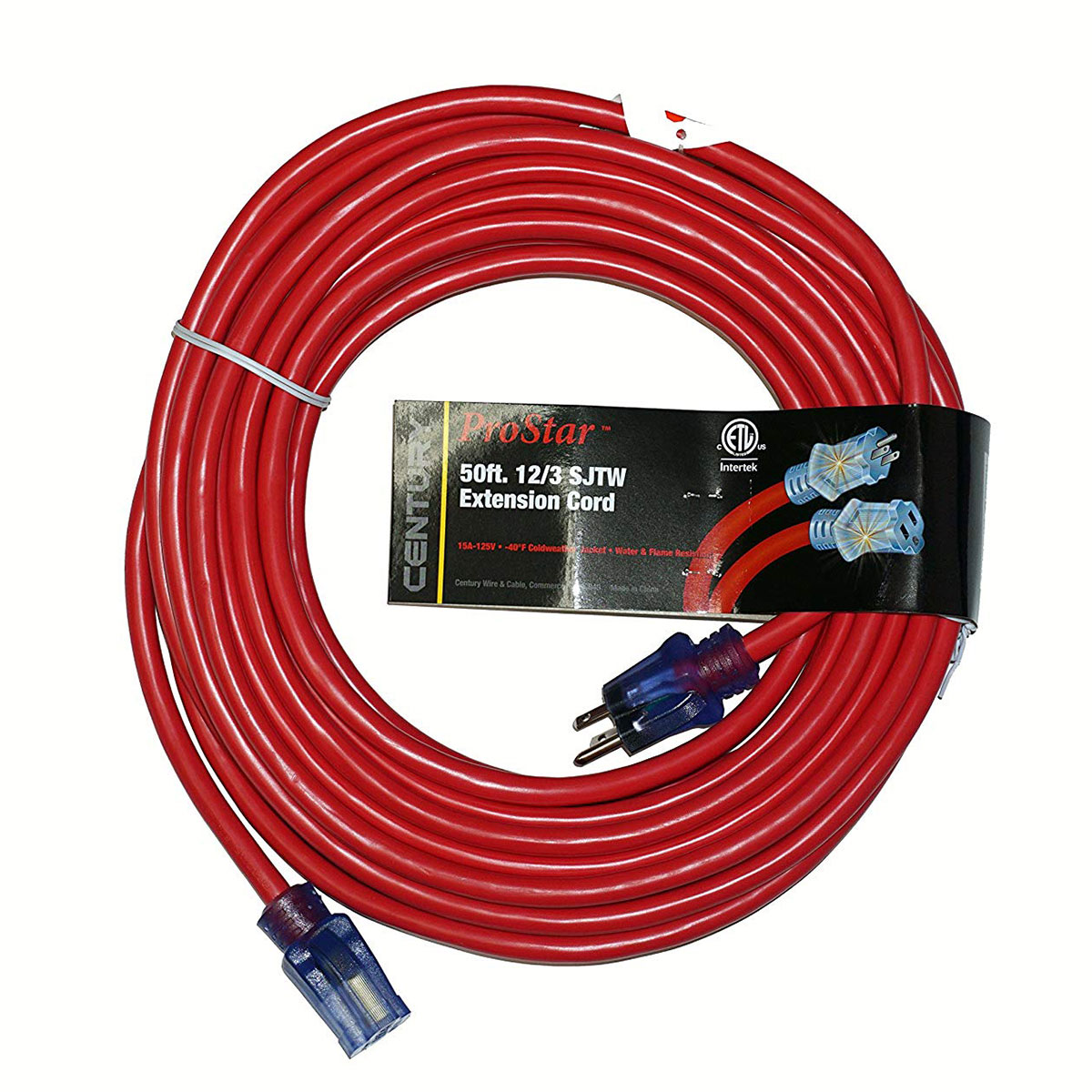

Articles
What Is 12/3 Extension Cord
Modified: January 6, 2024
Discover the uses and benefits of a 12/3 extension cord with this informative article. Find out why this type of cord is essential for various electrical tasks.
(Many of the links in this article redirect to a specific reviewed product. Your purchase of these products through affiliate links helps to generate commission for Storables.com, at no extra cost. Learn more)
Introduction
An extension cord is a handy electrical accessory that allows you to extend the reach of your power source to a greater distance. It serves as a convenient solution when you need to power devices or appliances that are situated far away from an outlet. Whether you’re working on a DIY project in your garage or need to power outdoor equipment in your backyard, an extension cord can be a lifesaver.
When it comes to choosing the right extension cord, understanding the electrical rating and gauge is crucial. This helps ensure that you have the appropriate cord for your specific needs.
In this article, we will specifically discuss the 12/3 extension cord. We will explore what the term “12/3” means, its features and specifications, as well as its common uses and safety considerations. By the end of this article, you’ll have a clear understanding of what a 12/3 extension cord is and how it can be beneficial for various applications.
Key Takeaways:
- Understanding the 12/3 extension cord’s 12-gauge wire and three conductors is crucial for selecting the right cord. Matching power requirements ensures safe and efficient operation for a wide range of applications.
- Prioritizing safety, regular maintenance, and proper care are essential for the longevity and reliable performance of a 12/3 extension cord. Adhering to safety guidelines prevents potential electrical hazards and ensures safe usage.
Read more: What Gauge Is An Extension Cord
Definition of an Extension Cord
An extension cord is a flexible electrical cable that is used to transmit electricity from a power source to a device or appliance located at a distance. It consists of a plug at one end, which connects to an electrical outlet, and one or multiple sockets at the other end, where you can connect your devices.
Extension cords are designed to provide a temporary power solution in situations where the existing power source is not easily accessible. They come in various lengths and gauges to accommodate different power requirements and distances.
These cords are typically made of a durable, insulated material such as PVC or rubber to provide protection against electrical shocks and to withstand the wear and tear of everyday use. They also feature connectors and plugs that are designed to safely handle electricity without posing any risk of short-circuits or electrical fires.
Extension cords are widely used in residential, commercial, and industrial settings. They offer a practical solution for powering tools, appliances, lights, and other devices in areas where outlets are limited or inconveniently located.
It is important to note that extension cords should only be used as a temporary power solution and not as a permanent substitute for fixed wiring. They should be used responsibly and in accordance with the manufacturer’s guidelines to ensure safety.
Purpose of an Extension Cord
The primary purpose of an extension cord is to extend the reach of a power source to a device or appliance that is located at a distance from an electrical outlet. It provides a flexible and convenient solution for accessing electricity in various situations.
Here are some common purposes of using an extension cord:
- Convenience: Extension cords allow you to power devices or appliances that are situated far away from an electrical outlet. This is especially useful in situations where relocating the device or installing additional outlets is not feasible.
- Accessibility: Extension cords provide the ability to bring power to hard-to-reach areas, such as outdoor spaces, garages, workshops, or construction sites. They allow you to work or use your devices in these areas without limitations.
- Versatility: Extension cords make it possible to power multiple devices simultaneously, even if there are limited outlets available. You can connect a power strip or multiple devices to a single extension cord, making it efficient and practical.
- Emergency Power: In the event of a power outage, an extension cord can be used in conjunction with a generator to power essential appliances or devices. This can help maintain functionality and provide temporary power until the main power source is restored.
- Temporary Solutions: Whether you’re hosting outdoor events, using power tools in your garage, or setting up temporary lighting for a construction project, extension cords offer a convenient and temporary power solution. They allow you to adapt to different situations without the need for permanent wiring.
It is important to note that when using an extension cord, you should always consider the electrical rating and gauge to ensure that the cord can safely handle the power requirements of the devices or appliances you are connecting. Choosing the right extension cord for the intended purpose is essential for both efficiency and safety.
Understanding Electrical Rating and Gauge
When it comes to choosing the right extension cord, it is important to understand two key factors: the electrical rating and the gauge of the cord.
The electrical rating refers to the maximum amount of electrical current that a cord can safely handle. It is typically expressed in amps (Amperes) or watts. It is crucial to select an extension cord with an electrical rating that meets or exceeds the power requirements of the device or appliance you intend to connect.
The gauge of the cord refers to the thickness or diameter of the wire inside the cord. It is denoted by a number, with a lower number indicating a thicker wire and a higher number indicating a thinner wire. The gauge directly impacts the cord’s capacity to transmit electrical current.
Here are a few key points to keep in mind regarding electrical rating and gauge:
- Matching the Electrical Rating: It is essential to choose an extension cord with an electrical rating that matches or surpasses the required wattage or amperage of the device or appliance you plan to connect. Using a cord with an insufficient electrical rating can lead to overheating, damage to the cord, or even a potential fire hazard.
- Considering Length: The length of an extension cord can impact its electrical performance. As the length increases, the resistance to electrical flow also increases, potentially leading to voltage drop. For longer distances, it may be necessary to choose a cord with a thicker gauge to compensate for this voltage drop.
- Gauges and Amps/Watts: Different gauge cords have specific amp or wattage capacities. For example, a lower gauge cord like 12-gauge can handle higher wattage or amperage compared to a higher gauge cord like 16-gauge. It is important to choose the appropriate gauge based on the power requirements of your devices or appliances.
- Consider Future Needs: When selecting an extension cord, it is advisable to consider any potential future needs. Opting for a higher gauge cord with a higher electrical rating can provide more versatility and accommodate a wider range of devices or appliances.
By understanding the electrical rating and gauge of an extension cord, you can choose the right cord that matches the power requirements of your devices or appliances, ensuring safe and efficient operation.
What Does 12/3 Mean?
When we refer to a 12/3 extension cord, we are actually talking about the electrical rating and gauge of the cord.
The first number, “12,” refers to the gauge of the wire inside the cord. In this case, it indicates that the wire has a diameter of 12 American Wire Gauge (AWG). The lower the gauge number, the thicker the wire and the higher the amp or watt capacity of the cord.
The second number, “3,” indicates the number of conductors or wires inside the cord. A 12/3 extension cord has three wires inside – typically a black wire, a white wire, and a green wire (for grounding). The three-wire configuration allows for the transmission of both hot and neutral power, as well as proper grounding for safety.
So, in summary, a 12/3 extension cord has a 12-gauge wire with three conductors. This indicates that it can handle higher wattage or amperage compared to cords with higher gauge numbers. The 12-gauge wire provides a higher capacity for power transmission, making it suitable for heavier-duty applications.
It is important to note that the electrical rating of a 12/3 extension cord may vary depending on the length of the cord. As mentioned earlier, longer cords may experience voltage drop, resulting in a lower effective electrical rating. It is crucial to choose the right length and gauge combination based on the specific power requirements of your devices or appliances.
Understanding the meaning behind “12/3” allows you to select an extension cord that is appropriate for your needs, ensuring safe and efficient operation.
When using a 12/3 extension cord, make sure to check the maximum wattage it can handle to avoid overloading. The “12/3” indicates the wire gauge and number of conductors, which determines its capacity.
Features and Specifications of a 12/3 Extension Cord
A 12/3 extension cord provides several features and specifications that make it a reliable and versatile electrical accessory for various applications. Here are some key features and specifications to consider:
- Gauge: As mentioned previously, the 12/3 extension cord is built with a 12-gauge wire. The thicker wire allows for a higher amp or watt capacity, making it suitable for powering larger devices or appliances.
- Length: 12/3 extension cords are available in a range of lengths, typically from a few feet up to 100 feet or more. The length you choose depends on your specific needs and the distance between the power source and the device or appliance you intend to power.
- Wire Material: The wire inside a 12/3 extension cord is typically made of copper, which provides excellent conductivity and durability. Copper is known for its ability to carry electrical current efficiently, ensuring a stable power supply to your devices.
- Jacket Material: The outer jacket of a 12/3 extension cord is often made of a durable and flexible material, such as PVC (Polyvinyl Chloride) or rubber. This jacket provides protection against abrasions, moisture, and exposure to various environmental conditions, making it suitable for both indoor and outdoor use.
- Outlet/Connector Types: 12/3 extension cords come with a variety of outlet and connector types to suit different devices and appliances. Common options include the standard NEMA 5-15 plug and receptacle, which is compatible with most household electrical outlets.
- Power Indicator: Some 12/3 extension cords feature a power indicator light, which illuminates when the cord is properly connected to a power source. This indicator light can be useful for quickly identifying if the cord is receiving power.
- Safety Certifications: Look for 12/3 extension cords that are UL (Underwriters Laboratories) or ETL (Intertek) listed. These certifications indicate that the cord has undergone rigorous testing and meets safety standards for electrical performance and construction.
- Weather Resistance: If you plan to use the 12/3 extension cord outdoors or in damp environments, consider choosing a cord with weather-resistant features. These cords are designed to withstand exposure to moisture, UV rays, and extreme temperatures, ensuring durability and safe operation.
When selecting a 12/3 extension cord, it is important to consider the specific features and specifications that align with your needs and intended applications. By choosing a well-built and suitable cord, you can ensure reliable power transmission and enhance the safety of your electrical setup.
Common Uses and Applications of a 12/3 Extension Cord
A 12/3 extension cord is a versatile electrical accessory that can be employed in various situations where a reliable and efficient power source is required. Here are some common uses and applications where a 12/3 extension cord comes in handy:
- Construction Sites: Construction sites often require the use of power tools and equipment that may be situated far from electrical outlets. A 12/3 extension cord provides the necessary reach to power tools such as saws, drills, and compressors, allowing for increased flexibility and productivity.
- Outdoor Events and Activities: Whether you’re hosting an outdoor party, camping trip, or backyard gathering, a 12/3 extension cord enables you to power lighting, sound systems, grills, and other outdoor appliances. It eliminates the need to rely solely on battery-operated devices and provides a consistent power source.
- Workshops and Garages: For DIY enthusiasts or professionals working in workshops or garages, a 12/3 extension cord is essential. It allows you to power tools, workbenches, and machinery that may be located away from available outlets, providing convenience and flexibility in your workspace.
- Outdoor Power Equipment: If you have outdoor power equipment such as lawnmowers, trimmers, or leaf blowers, a 12/3 extension cord enables you to easily power and maneuver these devices without limitations. You can efficiently cover larger areas without the constraint of cord length.
- Home Renovations: During home renovations or remodeling projects, a 12/3 extension cord is invaluable. It allows you to power tools, lights, and other equipment at various locations around the house, enabling smooth and efficient work without the need for multiple outlets.
- Trade Shows and Exhibitions: Exhibitions and trade shows often require the use of equipment like displays, kiosks, and demonstration setups that need a reliable power source. A 12/3 extension cord provides the necessary reach and capacity to power these setups, ensuring a seamless and uninterrupted presentation.
These are just a few examples of the many applications for a 12/3 extension cord. Its versatility and power capacity make it an essential tool in both professional and residential settings.
When utilizing a 12/3 extension cord, always ensure that you are adhering to safety guidelines and selecting a cord that matches the power requirements of your devices or appliances. Regularly inspect the cord for any signs of damage and exercise caution when using it in outdoor or hazardous environments.
Safety Considerations When Using a 12/3 Extension Cord
While a 12/3 extension cord provides convenience and flexibility, it is important to prioritize safety when using one. Here are some essential safety considerations to keep in mind:
- Choose the Right Cord: Ensure that the 12/3 extension cord you select is suitable for the intended use. Verify that the electrical rating and gauge of the cord match or exceed the power requirements of your devices or appliances.
- Avoid Overloading: Do not overload the 12/3 extension cord by connecting devices that require more power than the cord can handle. Overloading can lead to overheating, damage, or even electrical fires. Refer to the manufacturer’s guidelines for the maximum wattage or amperage capacity of the cord.
- Inspect for Damage: Regularly inspect the 12/3 extension cord for any signs of damage, such as fraying, exposed wires, or cracked insulation. If you notice any damage, immediately stop using the cord and replace it to prevent potential electrical hazards.
- Avoid Cord Tangles and Pinching: Avoid twisting, pinching, or tightly coiling the 12/3 extension cord, as this can cause damage to the wiring and insulation. Keep the cord straight and minimize sharp bends to maintain its integrity.
- Adequate Ventilation: Ensure that the 12/3 extension cord is placed in a well-ventilated area and is not covered or trapped under carpets, rugs, or other materials. Overheating can occur if the cord is not allowed to dissipate heat properly.
- Outdoor Use: If using the 12/3 extension cord outdoors, make sure it is labeled for outdoor use and has appropriate weather-resistant features. Keep the plug and connections protected from moisture to prevent electrical shorts and shock hazards.
- Unplug Properly: When unplugging the 12/3 extension cord, always grasp the plug itself rather than pulling on the cord. This helps prevent damage to the cord and ensures a secure disconnection from the power source.
- Keep Away from Water: Avoid using the 12/3 extension cord near water sources or in wet conditions, as water can conduct electricity and pose a serious risk of electrical shock. Keep the cord away from puddles, rain, and other wet areas.
- Store Properly: When not in use, store the 12/3 extension cord in a dry and safe location. Avoid excessive coiling or tight winding, as this can cause stress on the cord and increase the risk of damage.
Adhering to these safety considerations when using a 12/3 extension cord ensures the well-being of yourself, your property, and others. Remember to prioritize safety at all times and consult a professional if you have any doubts or specific safety concerns.
Maintenance and Care Tips for a 12/3 Extension Cord
Regular maintenance and proper care for your 12/3 extension cord not only extends its lifespan but also ensures safe and reliable operation. Here are some maintenance and care tips to keep in mind:
- Inspect Regularly: Periodically inspect the cord for any signs of damage, such as frayed wires, cracked insulation, or exposed conductors. If you spot any issues, immediately discontinue use and replace the cord to prevent potential electrical hazards.
- Clean and Dry: Keep the 12/3 extension cord clean and free from debris. Wipe it down with a clean cloth or rag to remove any dirt or dust. Ensure that the cord is fully dry before using, especially if it has been exposed to moisture or rain.
- Avoid Overheating: During use, monitor the 12/3 extension cord for any signs of overheating, such as a burning smell or excessive warmth. If you detect these signs, disconnect the cord immediately and allow it to cool down before further inspection.
- Proper Storage: Store the 12/3 extension cord in a cool and dry place when not in use. Avoid tightly coiling or kinking the cord, as it can lead to damage over time. Consider using a cord reel or a dedicated storage container to keep it organized and protected.
- Avoid Sharp Bends: Minimize sharp bends and twists in the cord during use, as this can strain the wires and insulation. Keep the cord as straight as possible to maintain its integrity and prevent potential damage.
- Unplug Safely: When disconnecting the 12/3 extension cord from a power source, pull the plug directly rather than yanking on the cord itself. This helps prevent unnecessary stress on the cord and reduces the risk of damage.
- Avoid Overloading: Do not overload the 12/3 extension cord by connecting devices that exceed its amp or watt capacity. Refer to the manufacturer’s guidelines and use the cord for appropriate power requirements to prevent overheating and hazards.
- Check Connections: Regularly check the connections between the cord, plugs, and devices to ensure they are secure and free from any loose or exposed wiring. Loose connections can result in electrical arcing, which can be dangerous.
- Use for Intended Purpose: While the 12/3 extension cord offers versatility, use it only for its intended purpose. Avoid using it in environments or applications that exceed its recommended usage or expose it to harsh conditions beyond its capabilities.
By following these maintenance and care tips, you can keep your 12/3 extension cord in good condition, ensuring its longevity and safe usage. Remember to prioritize safety at all times and consult a professional if you have any specific concerns or questions.
Read more: What Is A Grounded Extension Cord
Conclusion
A 12/3 extension cord is an essential electrical accessory that provides flexibility and convenience when it comes to extending the reach of your power source. Its 12-gauge wire and three conductors make it suitable for a wide range of applications, from powering tools in workshops to outdoor events and construction sites.
Understanding the electrical rating and gauge of a 12/3 extension cord is crucial for selecting the right cord for your specific needs. Matching the power requirements of your devices or appliances with the cord’s capacity ensures safe and efficient operation.
When using a 12/3 extension cord, it’s important to keep safety in mind. Avoid overloading the cord, regularly inspect it for damage, and store it properly when not in use. Be mindful of potential hazards and follow recommended safety guidelines to prevent electrical shock or fire risks.
Maintaining and caring for your 12/3 extension cord is essential for its longevity and reliable performance. Regular inspection, proper cleaning, and safe storage are key practices to ensure its continued safe use.
In conclusion, a 12/3 extension cord is a valuable tool for accessing power in various situations. By understanding its features, considering safety measures, and properly maintaining it, you can rely on this versatile electrical accessory to provide the power you need, where you need it.
Frequently Asked Questions about What Is 12/3 Extension Cord
Was this page helpful?
At Storables.com, we guarantee accurate and reliable information. Our content, validated by Expert Board Contributors, is crafted following stringent Editorial Policies. We're committed to providing you with well-researched, expert-backed insights for all your informational needs.
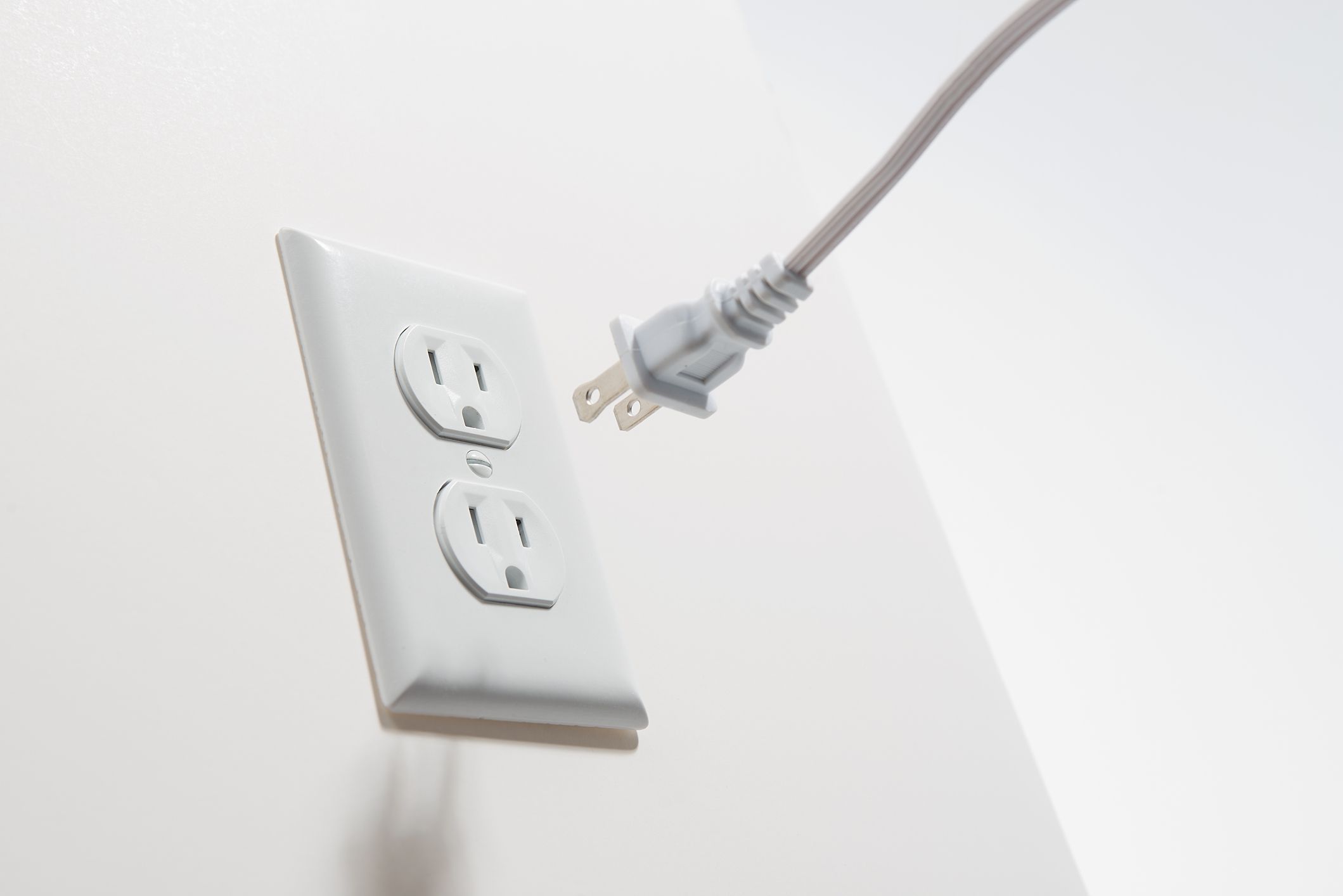
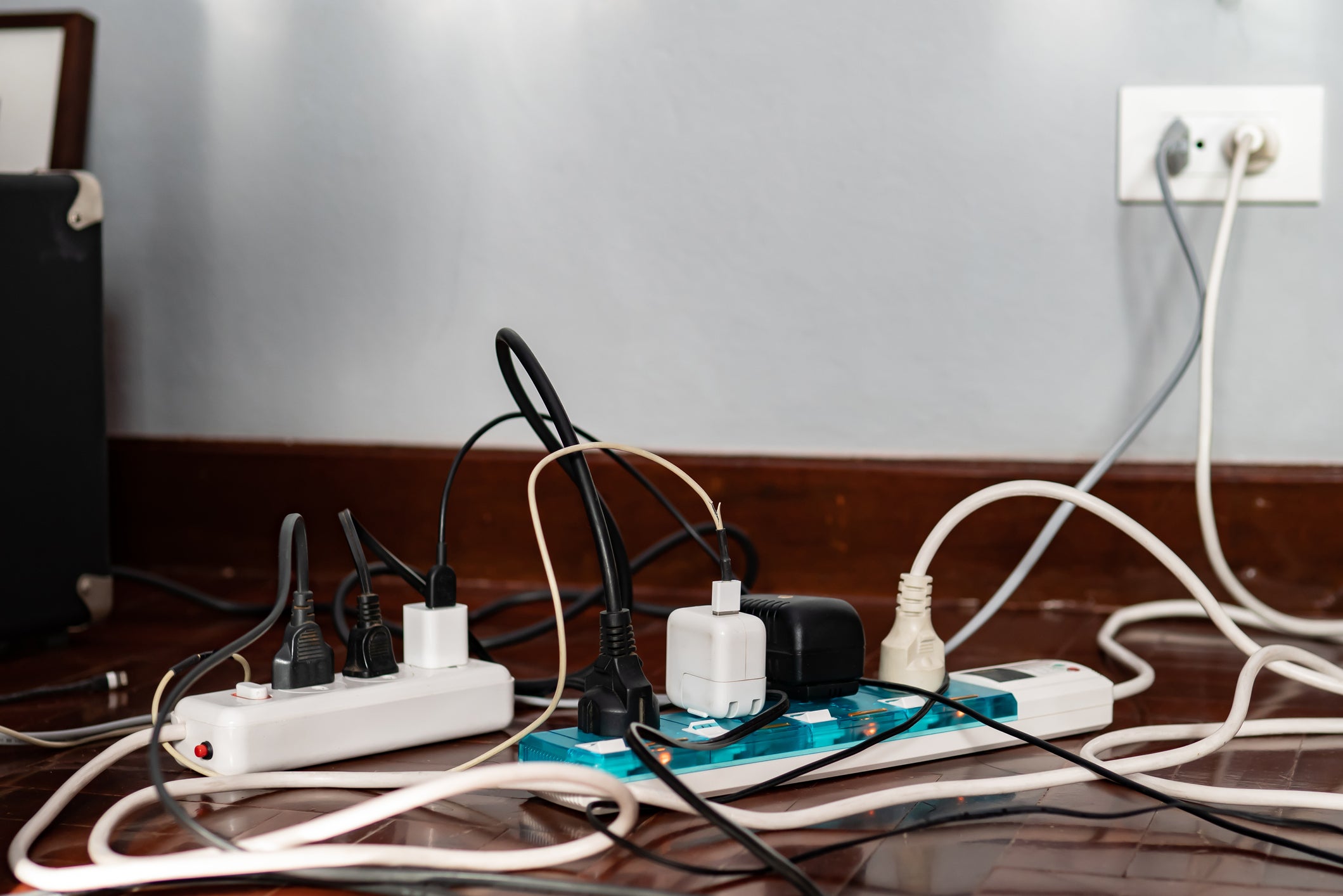
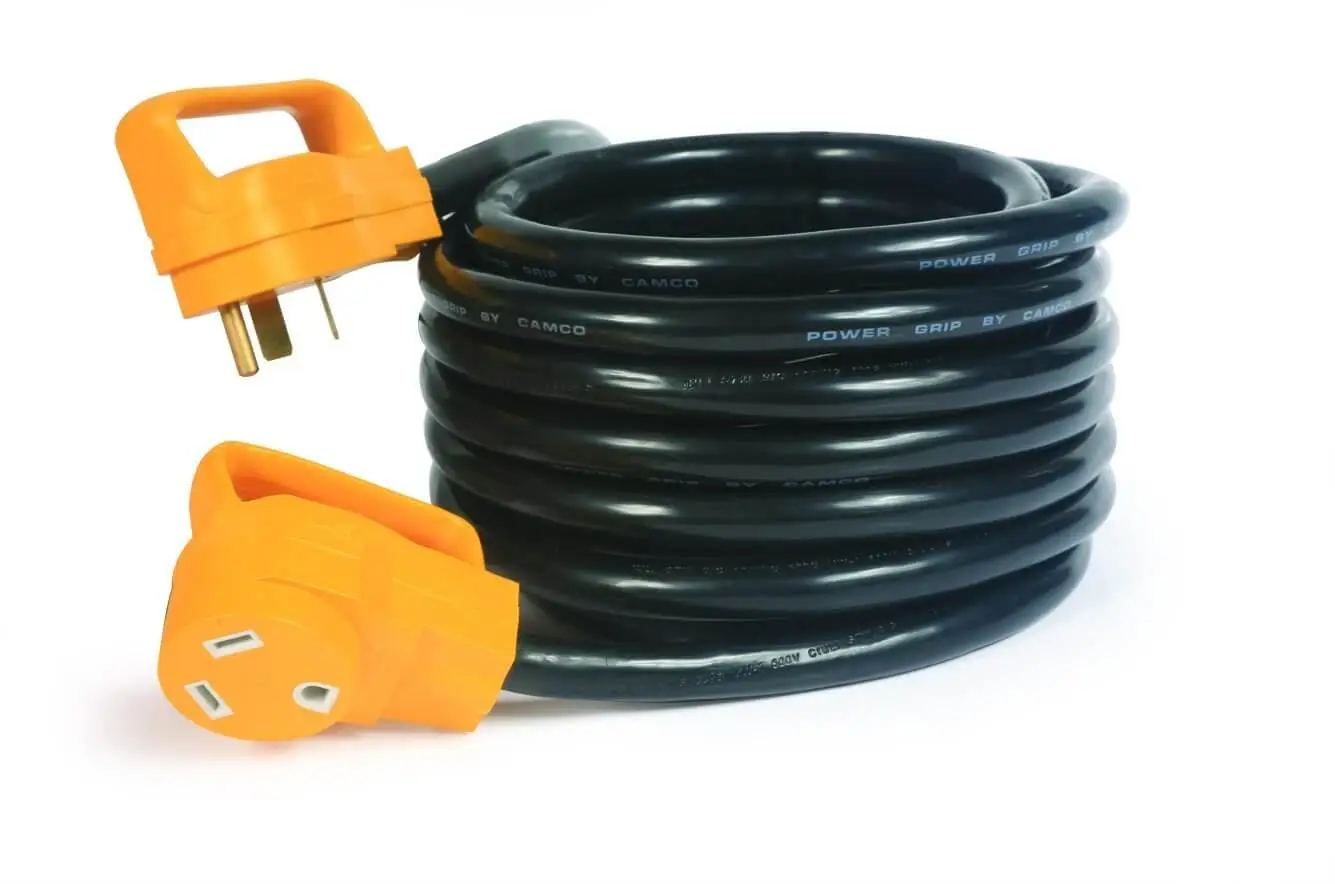
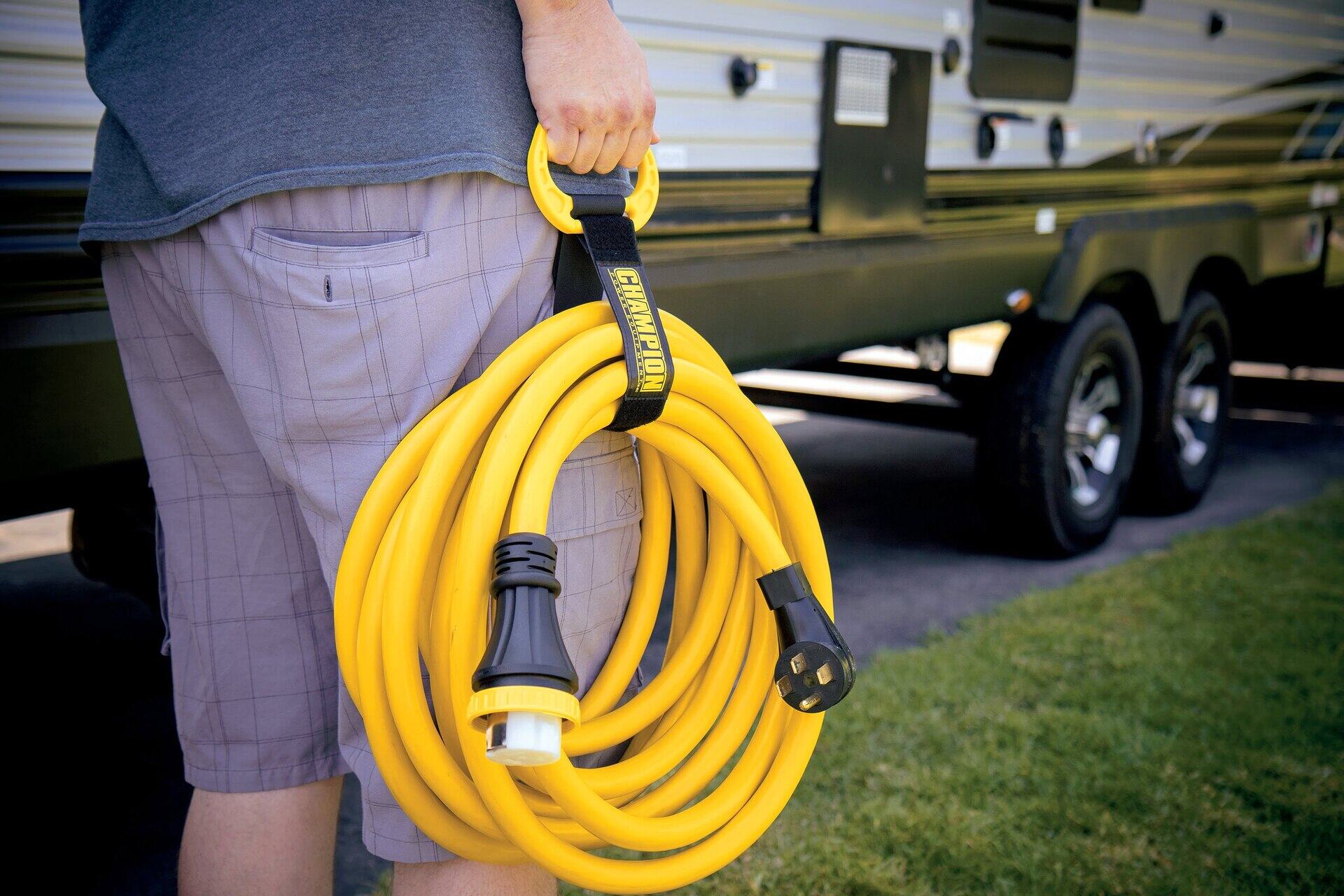
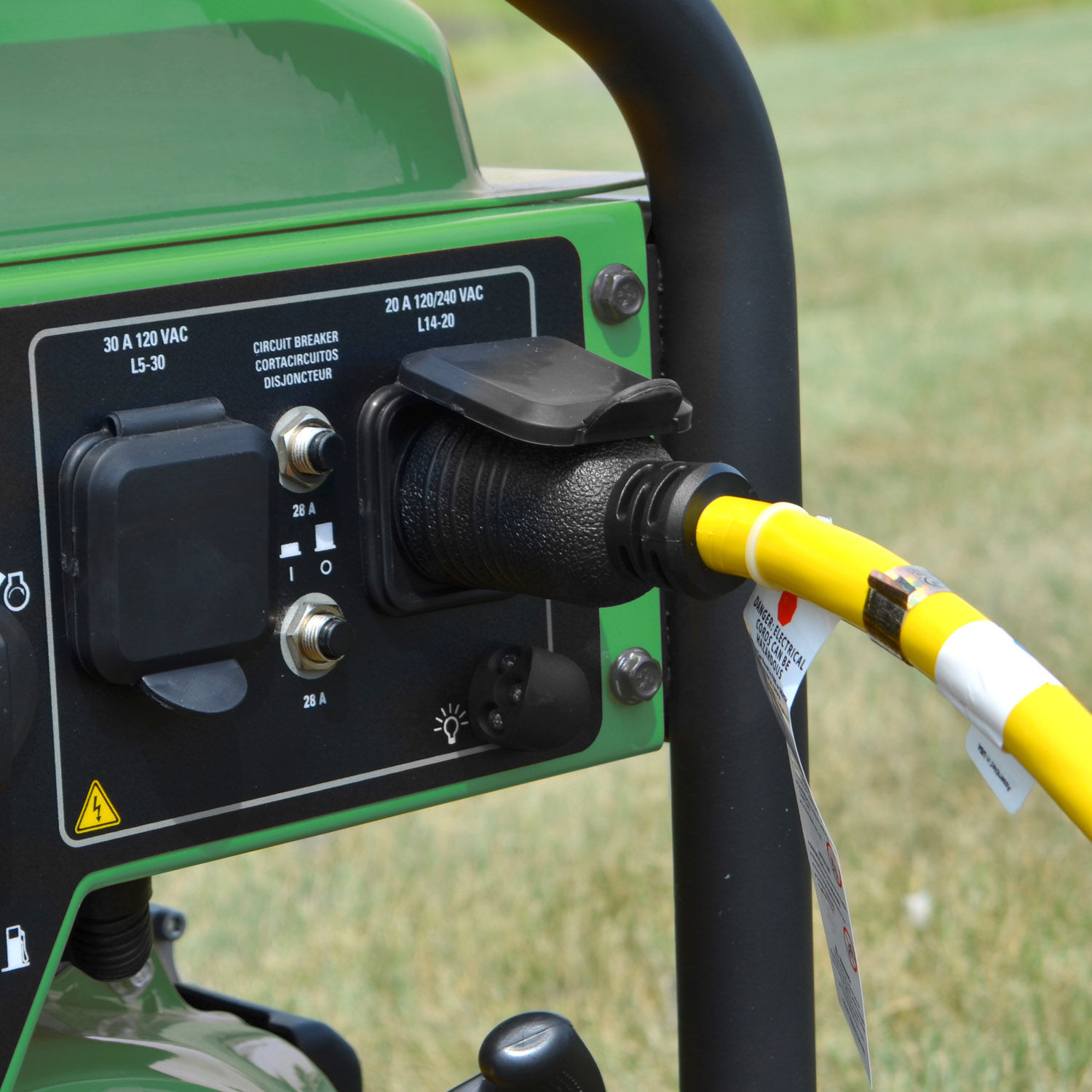
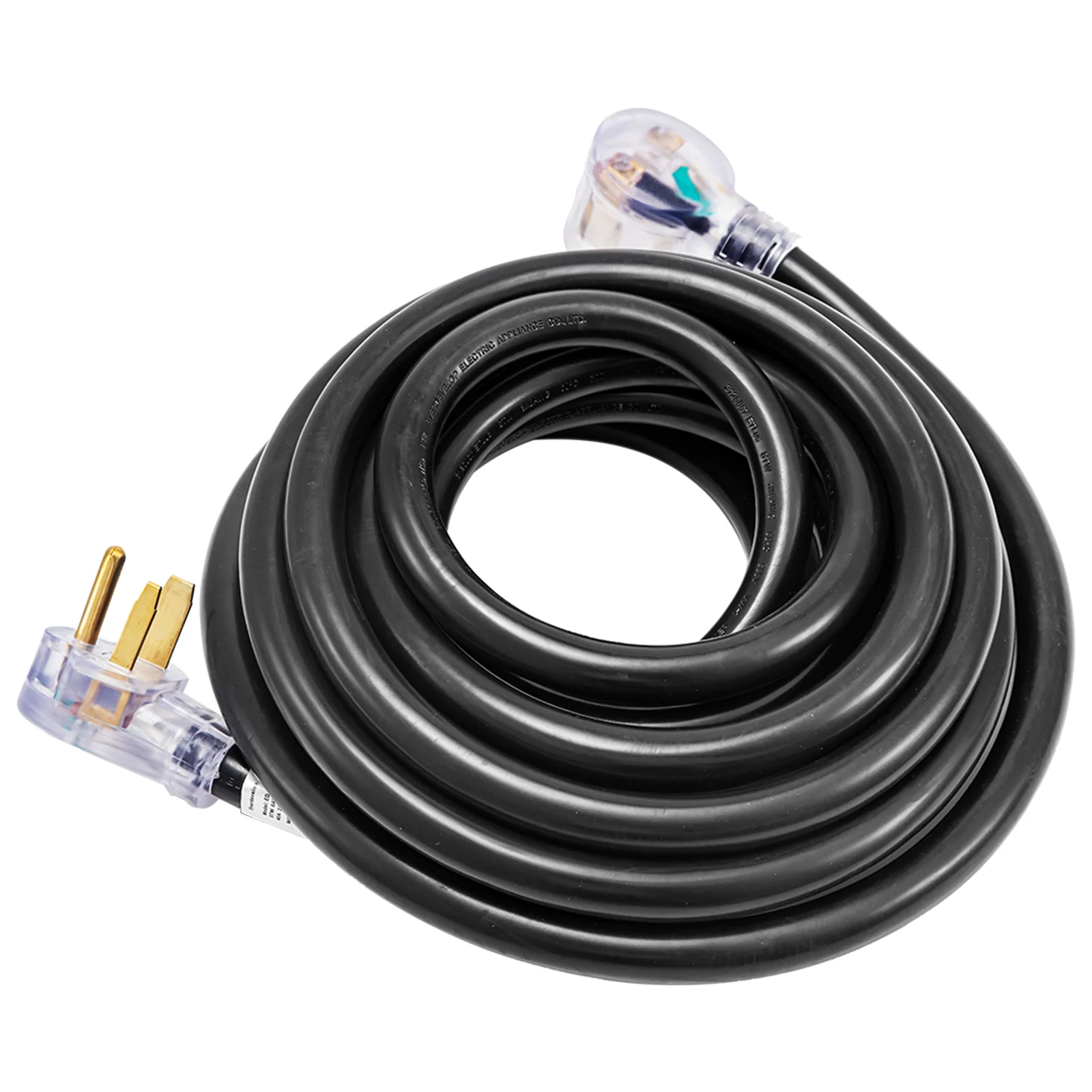
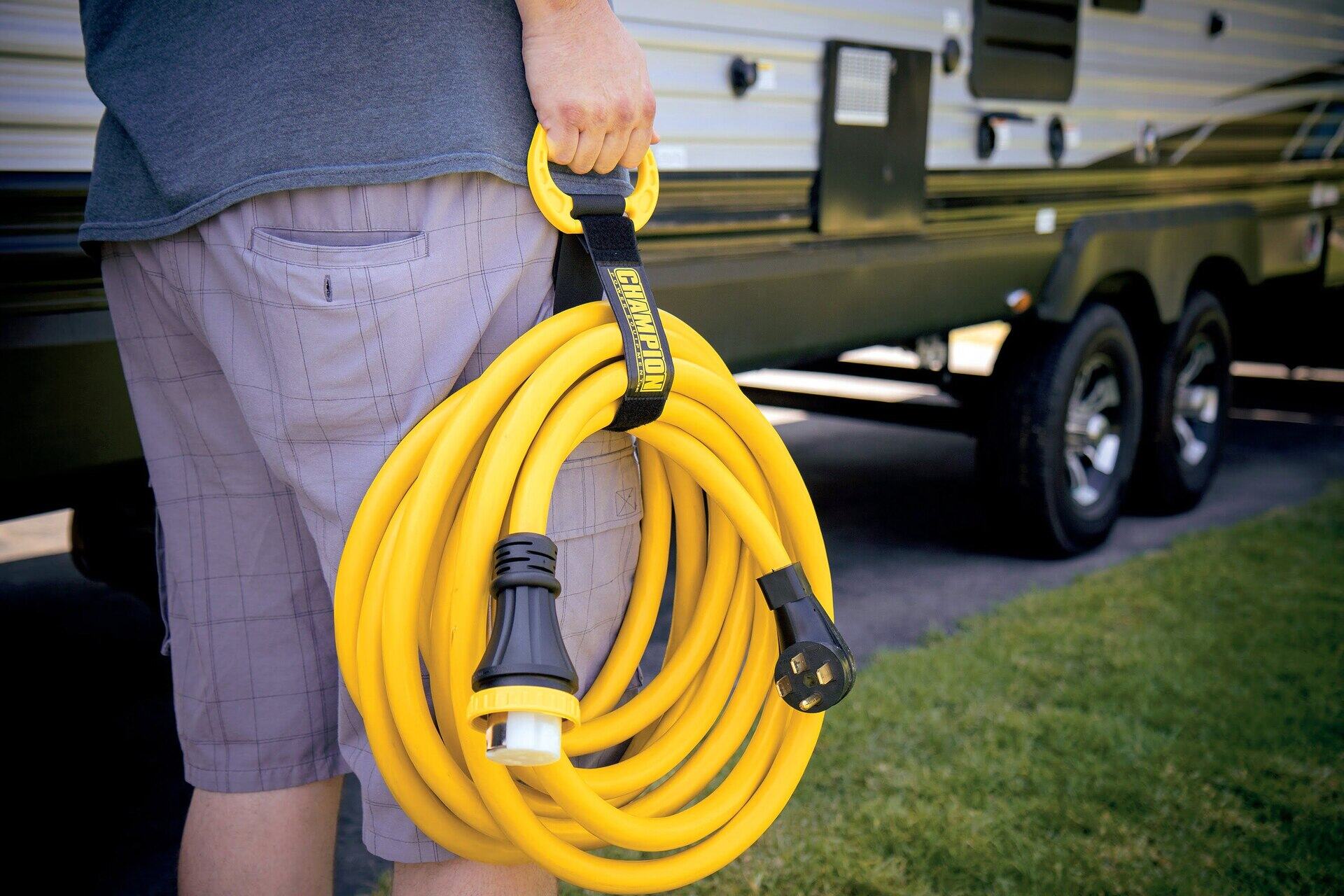

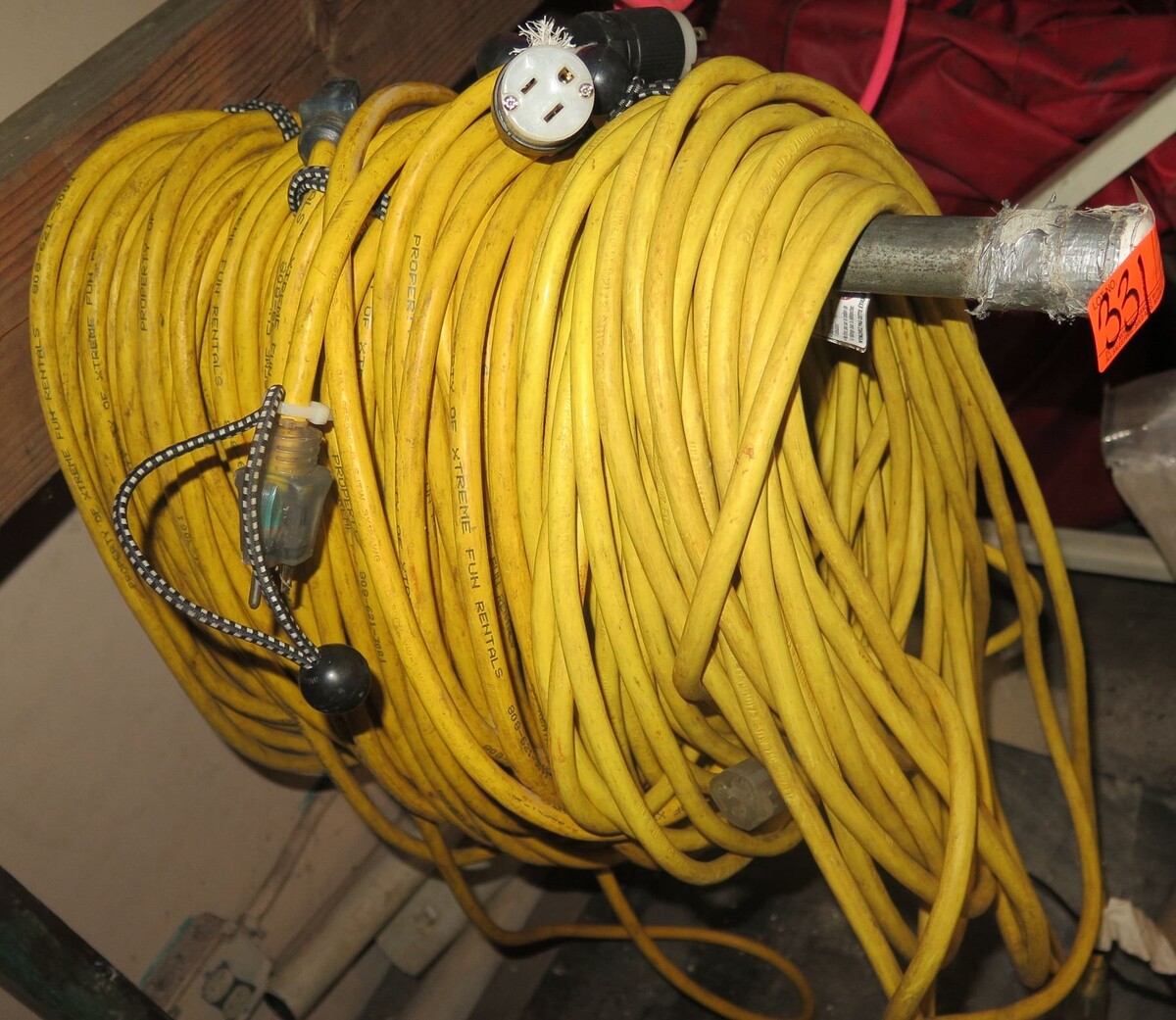
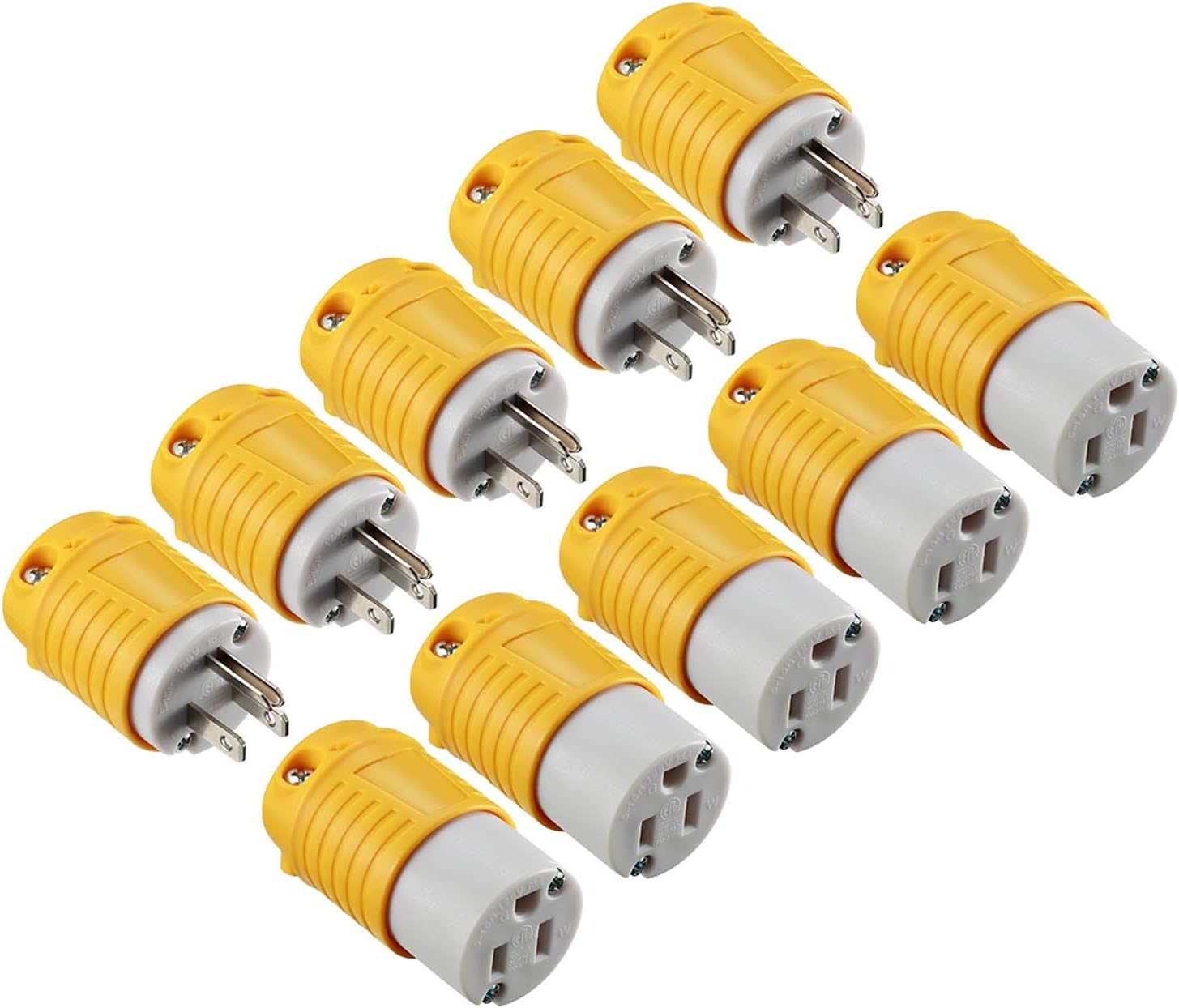
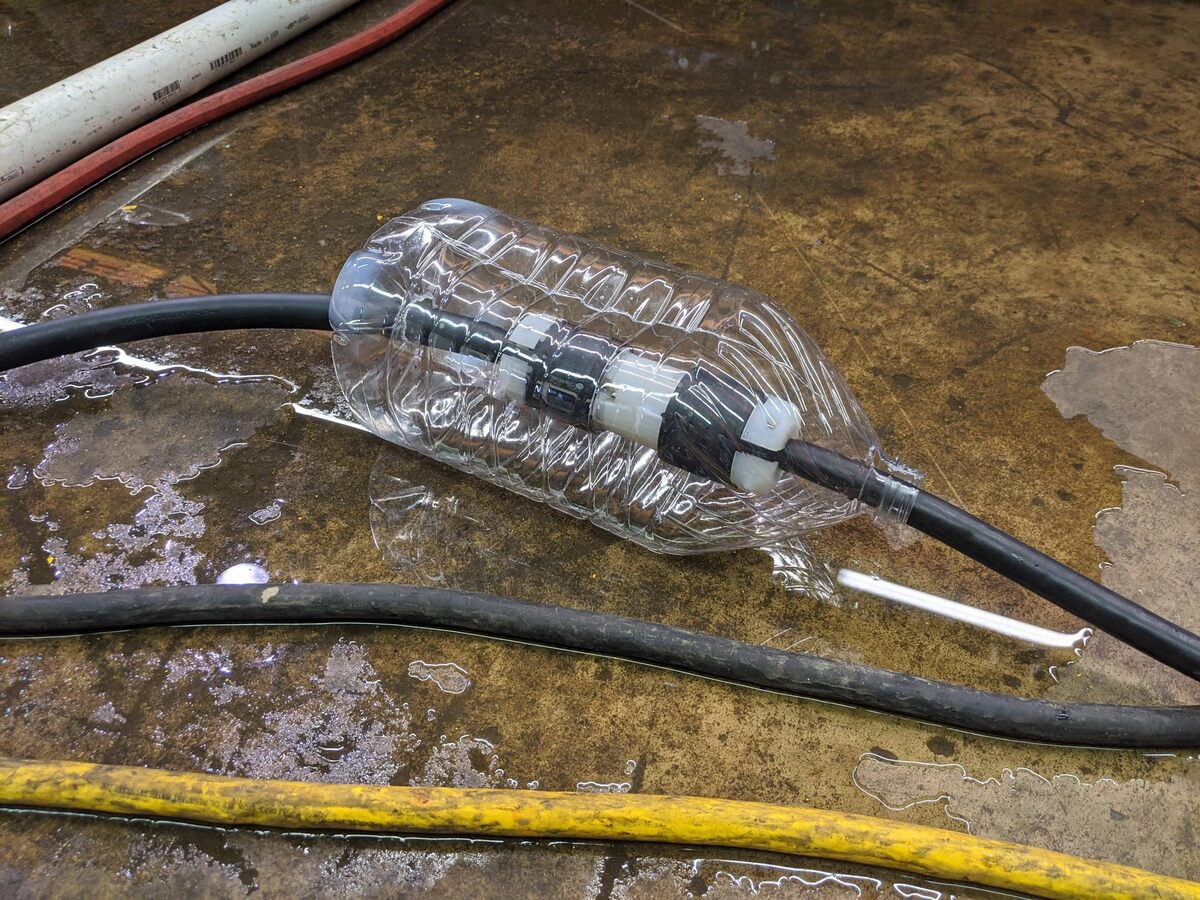
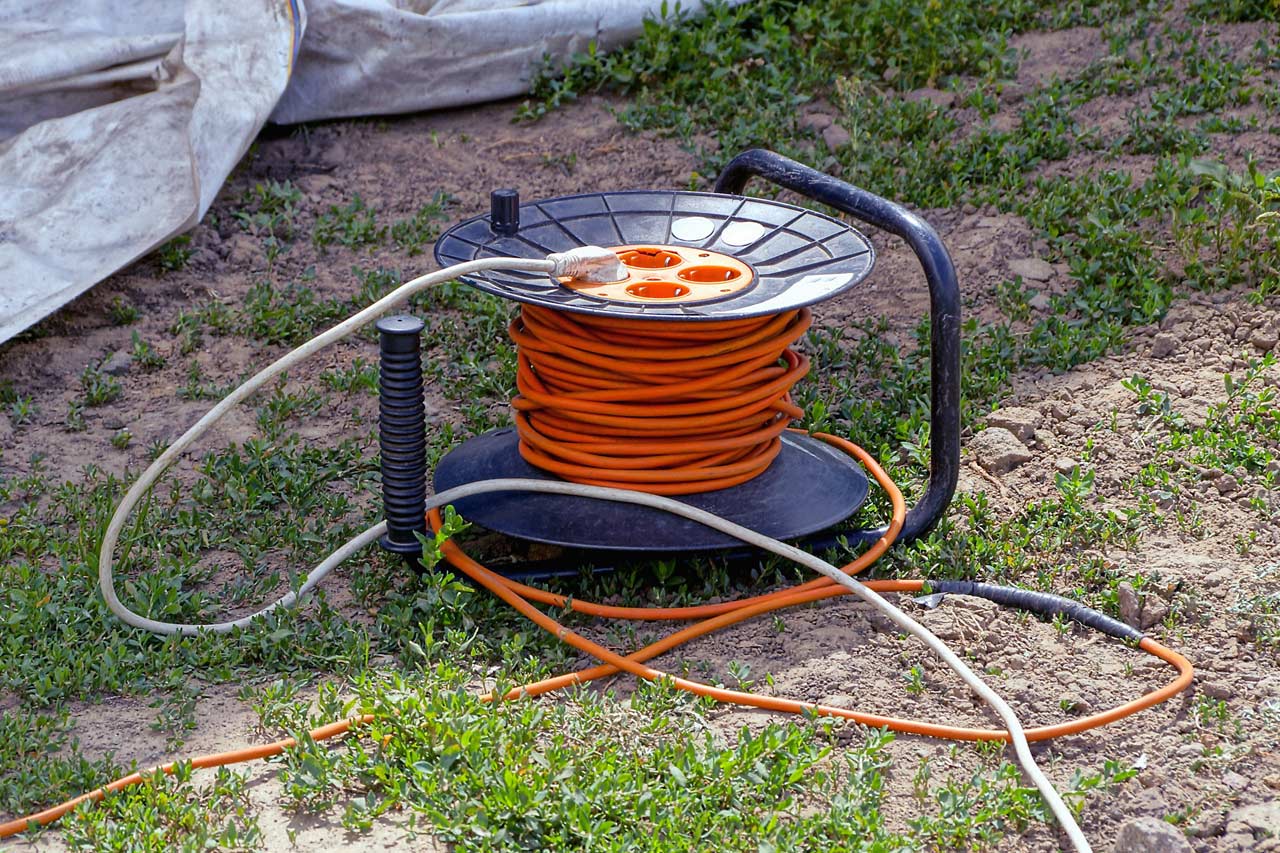
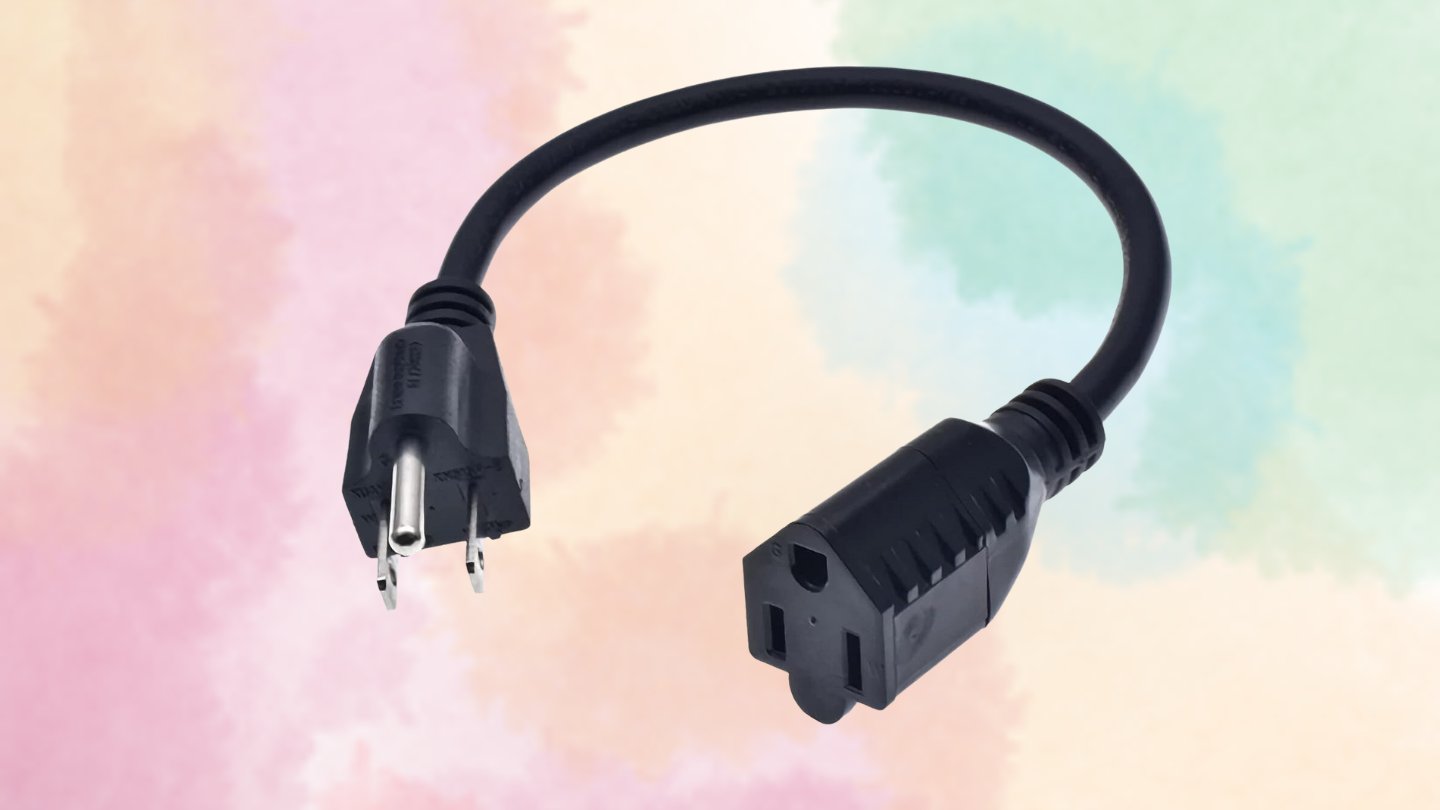

0 thoughts on “What Is 12/3 Extension Cord”